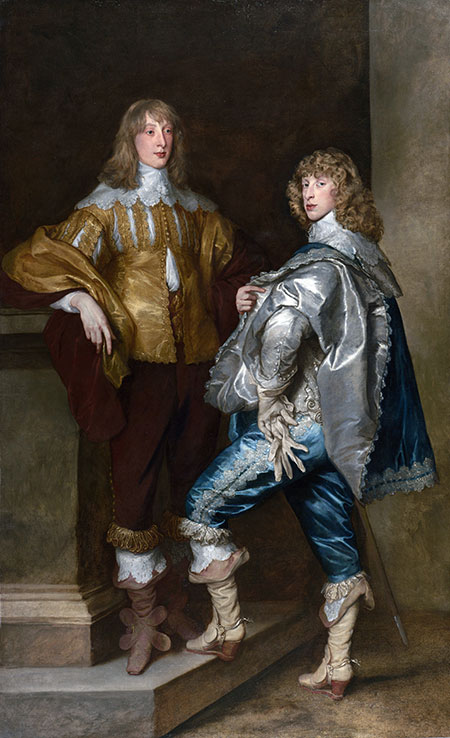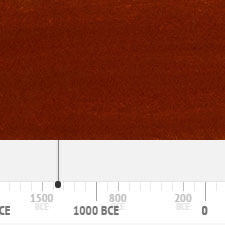Bister
Natural organic pigmentComposition and Properties of Bister
Bister or bistre is wood soot containing much tar and its color varies between warm black and brown-black. The pigment is destroyed by acids and alkalis and is not very lightfast due to the large content of organic material (tar).
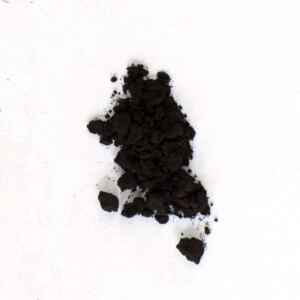
Pigment

Painted swatch
Names
Alternative names
Bistre, bituminous charcoal, brown lampblack, soot brown
Color Index
Natural Brown 11 (NBr 11)
Word origin
From French, of unknown origin.
Bister
German
Bistre
French
Bistro
Italian
Bistre
Spanish
Preparation
Wood, preferably beechwood, is burned and the resulting soot is boiled in water and filtered.
History of Use
Bister had been in use since the Middle Ages mainly in watercolor painting and drawing.
Examples of use
Jean-Honoré Fragonard, Sex workers at rest
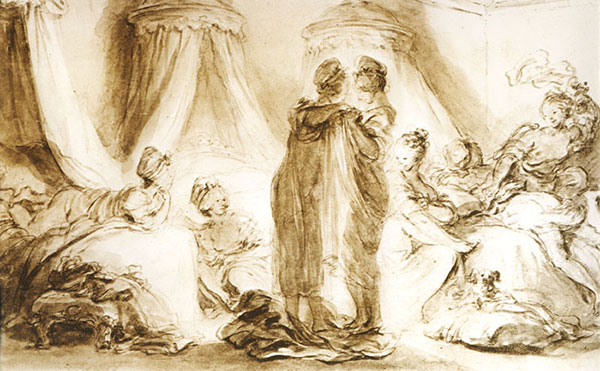
Anthony van Dyck, ‘Lord John Stuart and his Brother, Lord Bernard Stuart’, ca 1638
2 Lord John’s golden and brown costume: pure lead-tin yellow in the highlights and lead-tin yellow with yellow ochre, lead white and some red ochre in the mid-tones. The shadows are painted in reddish ochre with Vandyke brown and some yellow ochre and also bister or bistre (pitch-like product of heating (pyrolysis) of wood).
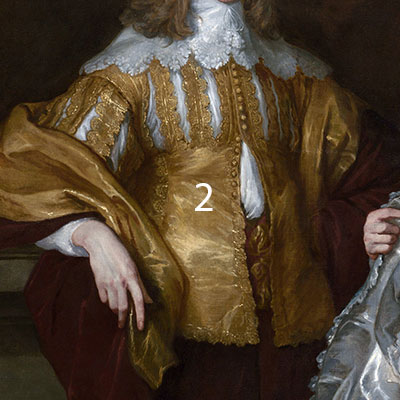
Identification
References
XRF (x-ray fluorescence), FT-IR (Fourier-Transform IR), Raman and SERS (Surface Enhanced Raman Spectroscopy) spectra can be found in ref. (1).
(1) María L. Roldan, Silvia A. Centeno, Adriana Rizzo, Yana van Dyke, Characterization of Bistre Pigment Samples by FTIR, SERS, Py-GC/MS and XRF, Mater. Res. Soc. Symp. Proc. Vol. 1656, DOI: https://doi.org/10.1557/opl.2014.823
(2) J. Winter, “The Characterization of Pigments Based on Carbon” Studies in Conservation, 28:49-66, 1983.
Further Reading
References
Winter, J. and West FitzHugh, E., Pigments based on Carbon, in Berrie, B.H. Editor, Artists’ Pigments, A Handbook of Their History and Characteristics, Volume 4, pp. 1-37.
S. Muntwyler, J. Lipscher, HP. Schneider, Das Farbenbuch, 2nd. Ed., 2023, alataverlag Elsau, pp. 174-75.

